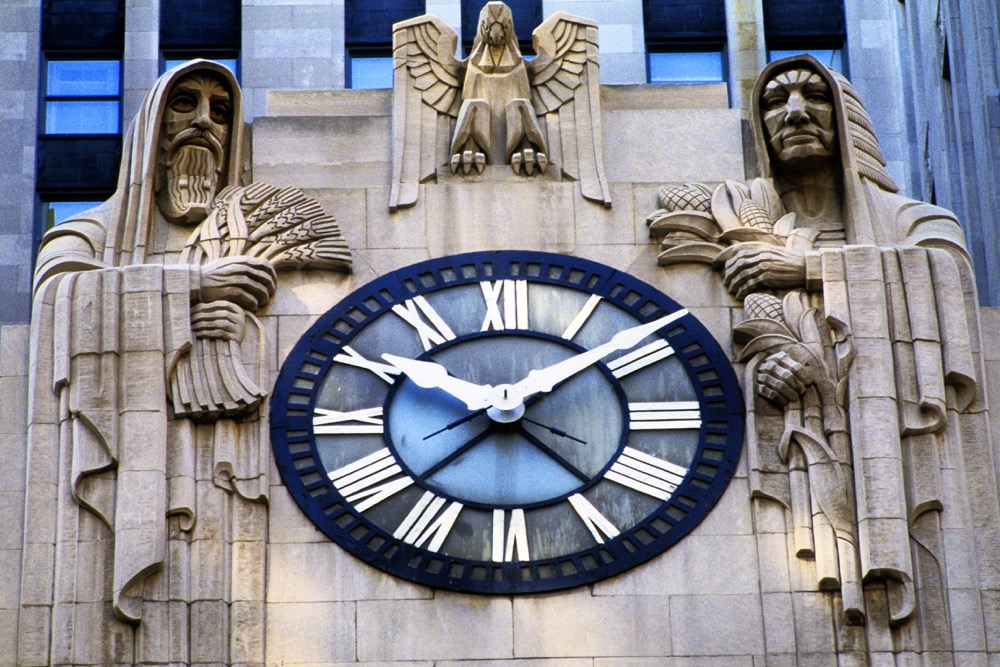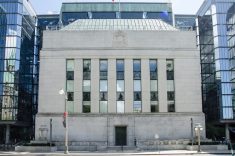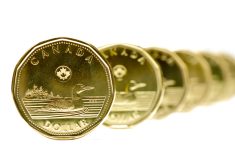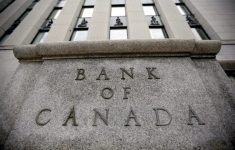Ottawa | Reuters — Canada’s annual inflation rate eased to 1.7 per cent in July from 1.9 per cent in the prior month as lower year-on-year gasoline prices kept the consumer price index low, but core measures of inflation stayed sticky, data showed on Tuesday.
Analysts polled by Reuters had forecast the annual inflation rate at 1.8 per cent and the monthly inflation rate at 0.3 per cent. The CPI increased by 0.3 per cent in July from 0.1 per cent in June on a monthly basis, Statistics Canada said.
Gasoline prices dropped by 16.1 per cent on a yearly basis in July, following a 13.4 per cent decline in June. On a monthly basis the price of he fuel dropped as geopolitical tensions eased and crude oil producing nations increased output.
Read Also

U.S. grains: Soybeans fall as rapid harvest overshadows China trade hopes
U.S. soybean futures closed lower on Friday as pressure from a fast-advancing U.S. harvest offset early-session support from hopes that upcoming U.S.-China talks could revive stalled soybean trade.
The elimination of carbon levy on purchase of fuel has helped bring down the cost of the fuel on a yearly basis and is expected to maintain a downward pressure on the CPI basket for another eight months.
This has helped the overall consumer price index to clock a rate below the mid-point of the Bank of Canada’s one per cent to three per cent target range, even as there are signs of rising prices of food.
Excluding gasoline, the CPI rose 2.5 per cent in July, Statscan said.
The main drivers of the increase in costs were rise in food prices and shelter costs, StatsCan said. Food prices, which contributes close to 17 per cent to the overall CPI basket, rose by 3.3 per cent in July from 2.9 per cent in June.
Shelter costs, the biggest component of the CPI basket, rose three per cent in July from 2.9 per cent in June, marking the first increase since February last year. This was driven by a smaller decline in cost of natural gas and rise in rents by 5.1 per cent.
Core measures of inflation, which are closely tracked by the Bank of Canada have remained resilient and hovered around the top of the bank’s preferred range of CPI.
One of the core measures the CPI-median – or the centermost component of the CPI basket when arranged in an order of increasing prices – was at 3.1 per cent in July, from three per cent in June. The CPI-trim, which excludes the most extreme price changes, was unchanged at three per cent.
The share of the CPI basket which is above three per cent continues to be elevated at over 37 per cent, data showed.
Money markets are betting the odds of a rate cut on Sept. 17 at 32 per cent after the bank has stayed put at 2.75 per cent for its last three rate decision meetings.
The Canadian dollar weakened and was trading down 0.11 per cent after the inflation data to 1.3817 to the U.S. dollar, or 72.37 U.S. cents. Two-year government bond yields were down 0.3 basis points to 2.735 per cent.
















